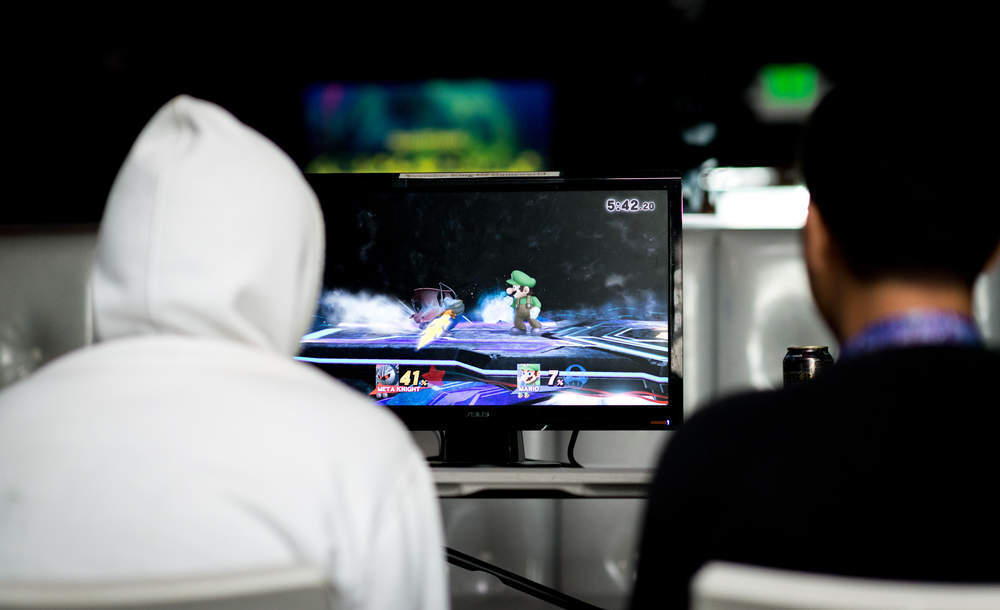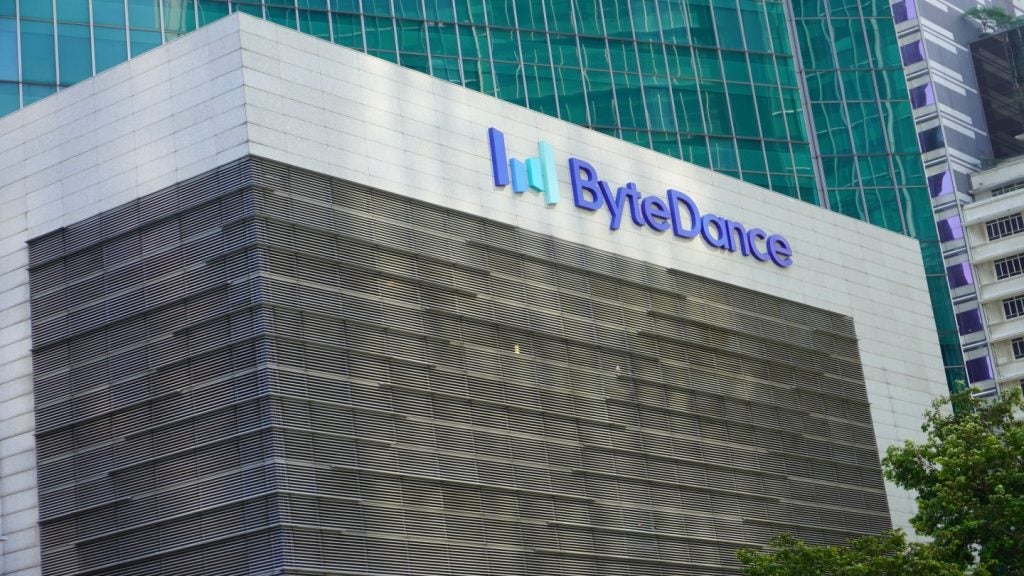A lot of negative chatter around energy drinks is unsubstantiated, but the sheer quantity of stories cannot be denied.
Recently, there has been a strong association between energy drinks and gaming, with many brands sponsoring big gaming events.
Big brands are also now following the trend with the likes of Mountain Dew Game Fuel, Monster Energy Gaming and Nintendo Power Up Energy Drink.
The majority of these gamer energy drinks have a higher caffeine and lower sugar content than that of Red Bull and Monster.
I’m worried that, while something like standard Red Bull has less caffeine, gamers aren’t expelling the aftereffects with physical exercise.
Consuming more caffeine and subsequently playing a video game sedentary seems more like a solution for sleep prevention.
How well do you really know your competitors?
Access the most comprehensive Company Profiles on the market, powered by GlobalData. Save hours of research. Gain competitive edge.

Thank you!
Your download email will arrive shortly
Not ready to buy yet? Download a free sample
We are confident about the unique quality of our Company Profiles. However, we want you to make the most beneficial decision for your business, so we offer a free sample that you can download by submitting the below form
By GlobalDataX-Gamer claims to be formulated exclusively for e-sports and despite G Fuel mentioning alternative consumption motives, it states its formula “owes its birth to gamers”.
Many brands first marketed their products for sports and fitness purposes.
Studies have shown that, while energy is not increased, consuming an energy drink prior to a workout or sport can help performance.
The well-established gaming related energy drinks brands G Fuel and X-Gamer have products with 150mg and 200mg of caffeine per serving respectively.
The UK Food Standards Agency advises 400mg of caffeine per day for an adult and any more than this can cause mild to severe caffeine overdose symptoms. As you’d expect, the same could occur in children but from a much smaller amount of caffeine.
Both X-Gamer and G Fuel are packaged in similar tubs used by protein powders, with X-Gamer also offering an X-Shotz sachet. This is clearly intentional, as the companies wish to draw on the sport and fitness connotations of protein powder.
A lot of people will see energy drinks as harmless and similar to other less demonised caffeinated products. Although caffeine content varies and the likes of Red Bull are even comparable to a cup of coffee, the marketing couldn’t be more different.
Drinks that contain caffeine at a level over 150mg per litre are legally required to declare high caffeine content, not recommended for children, or pregnant or breast-feeding women as well as the exact caffeine content in mg per 100ml on the label.
With these products, the British Soft Drinks Association (BSDA) also operate a voluntary code of practice which suggests the phrase consume moderately (or similar wording) should be stated on labels, and that marketing should not be targeted at those under 16 years of age.
These regulations are all good things, but the marketing stipulations and the consume moderately caution are both voluntary.
Ofcom’s ban on targeting under 16s with junk food advertising is statutory due to the health implications so, when some consider the effects of caffeine to be a psychoactive stimulant and drug-like, should a ban on this be implemented too?
The fact that the BSDA has put forward this voluntary practice means there is a reason children should not consume energy drinks and that everyone consumes the products in moderation.
The manufactures appear not to have got the message.








Related Company Profiles
Red Bull GmbH